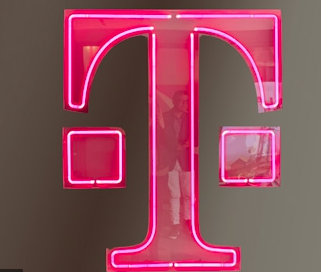5G Advanced is the next step before we get to 6G. This cellular standard promises to enhance current 5G networks with organic updates, and will also introduce major new functionality primarily targeting enterprise networking. New features include Sidelink, Reduced Capability (RedCap) and advanced positioning. 5G Advanced will be specified by The 3rd Generation Partnership Project (3GPP) Releases 18, 19 and 20, after which 3GPP’s work will focus on 6G.
5G Advanced technology will implement learnings from the deployment of early 5G networks. It will likely become the mobile network powerhouse for many years to come, at least until 6G takes over. When 6G is the primary standard, it too will build on the foundation of 5G Advanced and 5G. Some of the improvements it will introduce are in new directions, particularly in the enterprise domain.
5G positioning, RedCap and Sidelink are showing new methods of connecting devices and utilizing the network. This may lead to new use cases and applications, and will likely create new ecosystems. Indeed, according to ABI Research forecasts, 5G Advanced will start to proliferate in 2025, when advanced use cases and applications will start to enter the mainstream. The following chart illustrates 5G Advanced infrastructure forecasts from ABI Research’s latest reports.
5G Advanced is likely going to bring radically new features that aim to introduce significant value for enterprise applications. Things like positioning improvements that aim to ultimately reach <1 Centimeter (cm) accuracy in the future; Sidelink, which will allow a much more flexible deployment approach for on-premises deployments; and RedCap, a more efficient terminal for IoT applications.
Addressing as many of the Real-Time Location Services (RTLS) use cases as possible is something else that 5G positioning aims to accomplish. It will be done by tapping into pre-deployed 5G infrastructure used for communications, rather than deploying numerous RTLS solutions (e.g., Ultra-Wideband (UWB, Bluetooth Low Energy (BLE), Wi-Fi, etc.). These are often use case-specific and require heterogeneous equipment (e.g., tags, anchor points and gateways). Ideally, this would aid in the efforts to drive down the cost and complexity of location services. It would also enable much more scalable deployments of positioning use cases over the next decade.
RedCap devices are important to the creation of mobile services with the user positioned firmly in the middle surrounded by multiple devices that act as enablers (i.e. a smartphone or tablet, automotive, set of wireless earbuds, or a smartwatch). With a focus on experience, the design moves devices to function as hubs that can support multiple devices. This means a system-level design needs to support and expand beyond just the main hubs to address all device types. It is important that the industry focuses on the enablement of these 5G Advanced use cases and experiences to embrace the wider implications of moving the market from a device-centric to an experience-centric ecosystem.
5G Advanced is an important milestone to prepare the industry for 6G, which will focus on distributed intelligence, the blending of physical and virtual worlds, and the full use of Artificial Intelligence (AI)/Machine Learning (ML) throughout the network. Several infrastructure vendors are now preparing the next wave of innovation in this domain, including Ericsson, Huawei and Nokia, which are starting to promote 5G Advanced.




